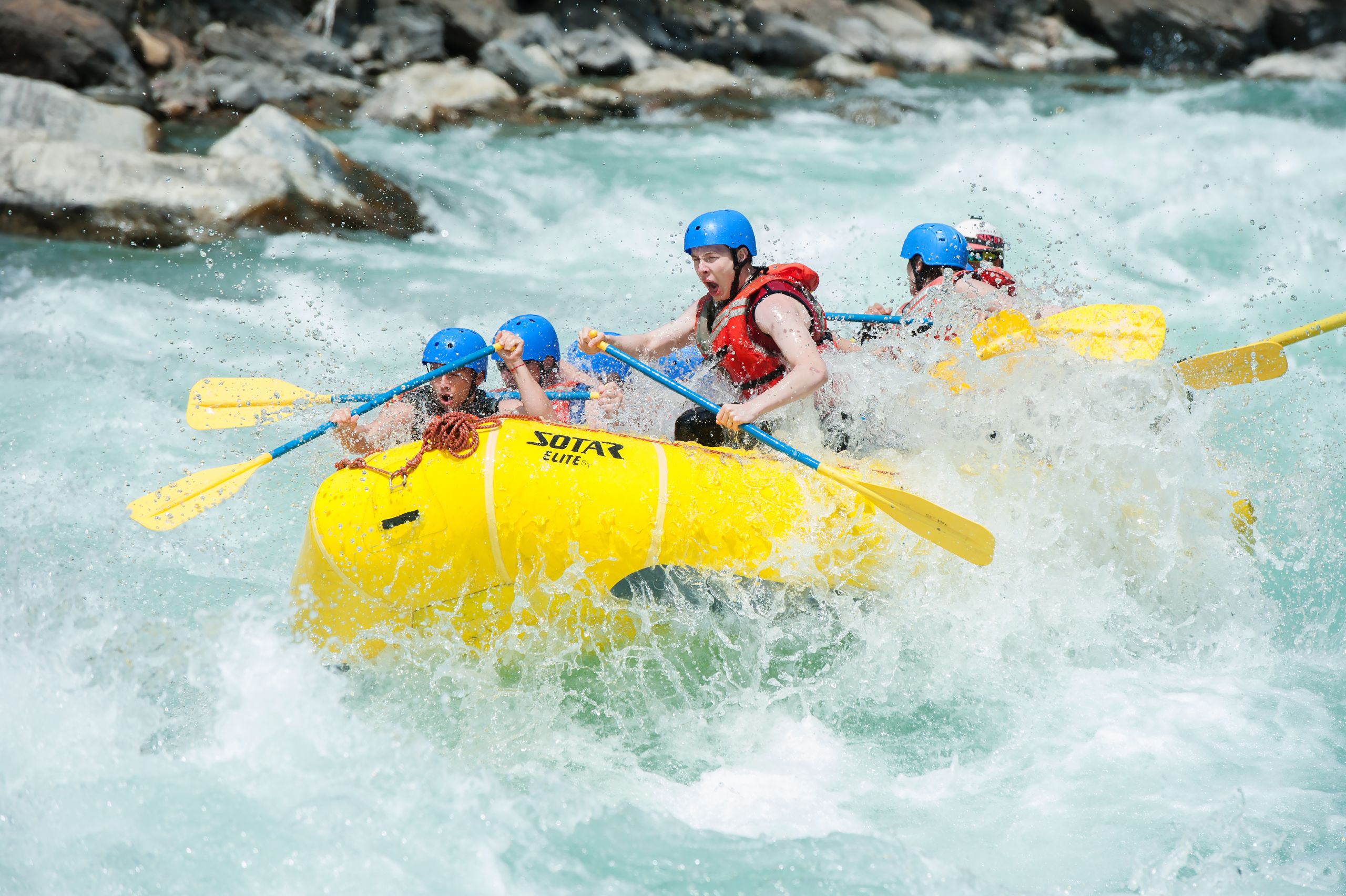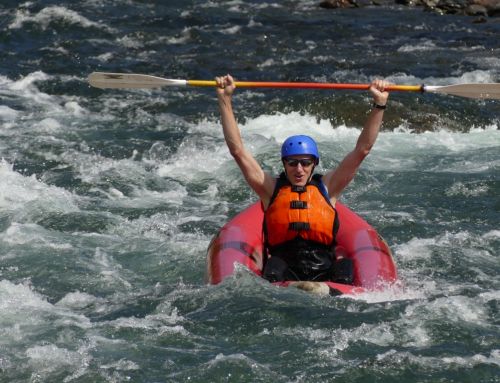We don’t always realize how much lingo a sport has until we are on the outside of it. While we can be totally in tune with all the slang associated with a sport we play, we are out of the loop when it comes to something new. White water is no exception, you could write a dictionary of all the different river and paddling terms. We have compiled a short guide of white water terms, so that you can impress your friends and ace it on the river.
Sweeper: A tree fallen from the river banks that hangs over the river. Can knock paddlers out of their boats and is hazardous.
Strainer: An opening or openings where water can flow through, but a solid object such as a person or boat cannot. Usually formed by trees on the banks, or by rocks on top of one another with water flowing through them. A serious hazard!
High Water: When the snow in the mountains is melting, or it has been raining heavily, causing the river water levels to rise and run faster than usual. Typically occurs in Spring and Early Summer.
Eddy: A river feature formed by an obstacle in the downstream flow. A well formed eddy will have a defined eddy line and a calm pool behind the obstacle. Being able to “catch” or stop in these calm pools is one of the keystones of whitewater paddling.
Eddy Out: Term used to describe leaving the main current and entering an eddy.
Boil: This is a water feature created when water churns upward and creates an elevated region in the river. Water swells in convex mound like it is boiling
Haystack: A part of the river where a large wave is created by water colliding with where the river has slowed.
Pitch: A section of rapids that drops steeper than the rest of the river
Sleeper: A rock submerged underwater so it cannot be seen but it still dangerous
Highside: The act of jumping to the “high side” when coming up against an obstacle sideways in a raft. When executed properly, it can help prevent a wrap or a flip.
River right and left: River right is the right side of the raft when you are looking downstream. River left is the same, the left side of the river when facing downstream.
Chasing Rain: The act of looking at which rivers have risen after lots of rain! Chasing those crazy highwater swells.
Boof: When a raft bumps purposefully into a rock, or a kayaker uses the water’s cushion next to a rock to do a “boof move.”
Hairy: Similar to gnarly, implies a challenging feature in a river, or a move that requires extra attention and skill. “Wow, that was a hairy move.”
Take-Out: A river access, where the river trip ends. Often people are sad when they reach the take-out and the trip is ending.


